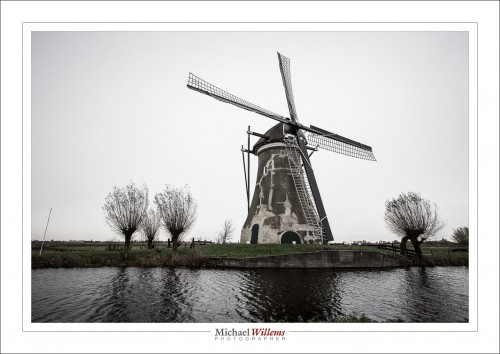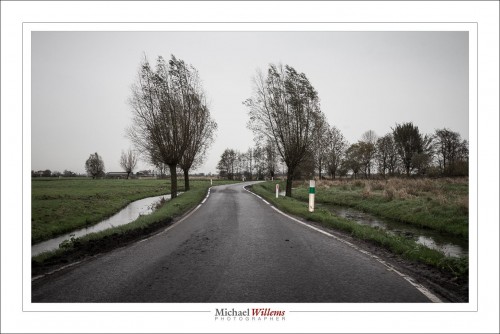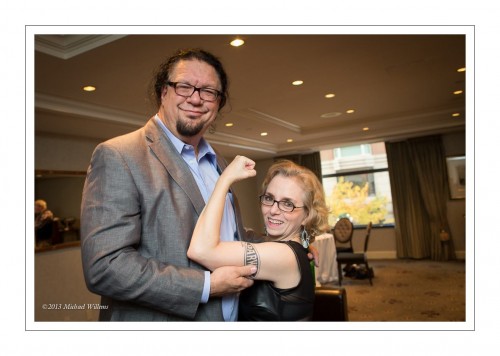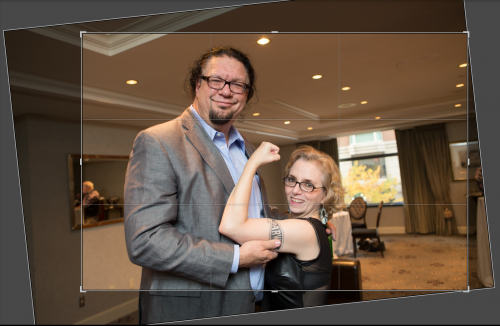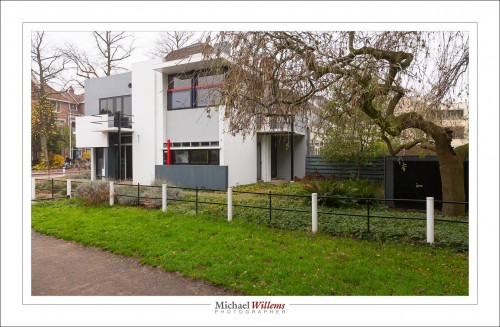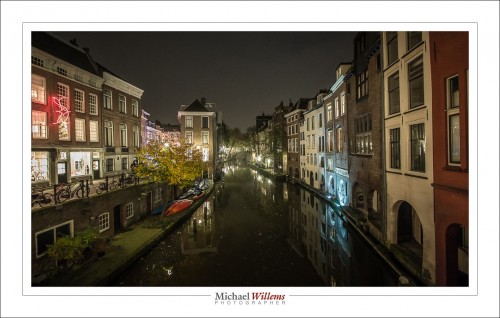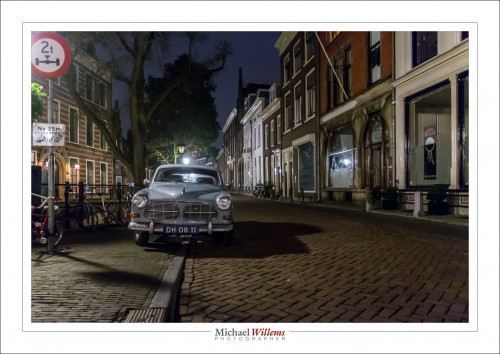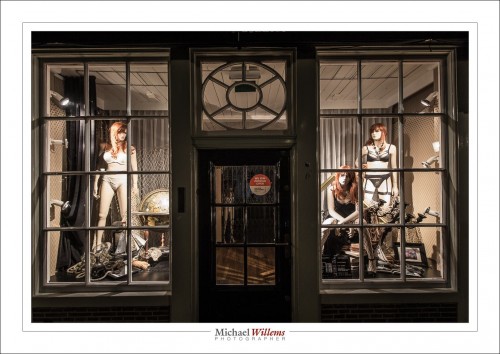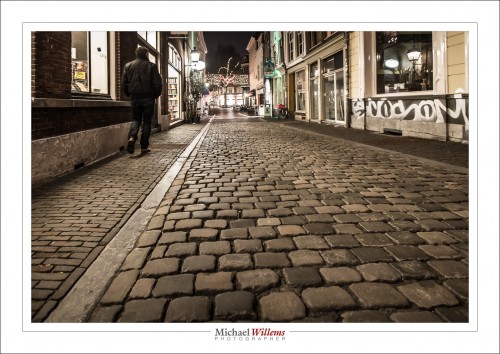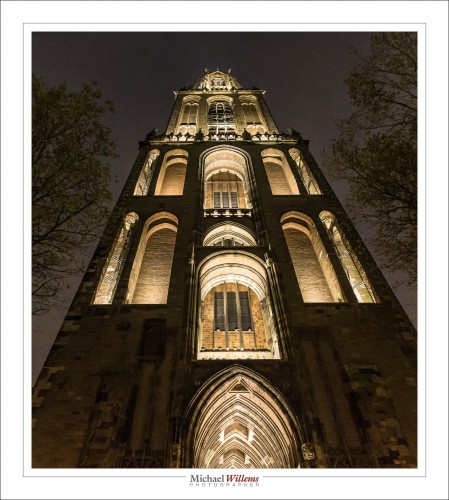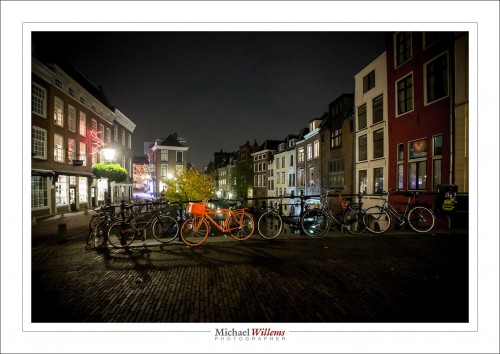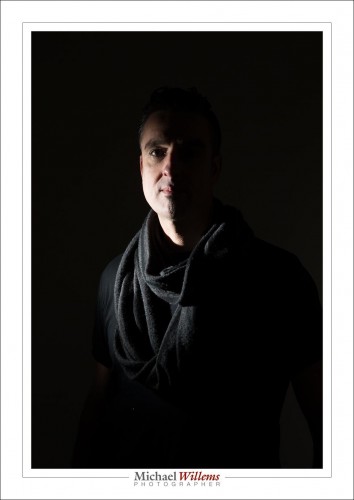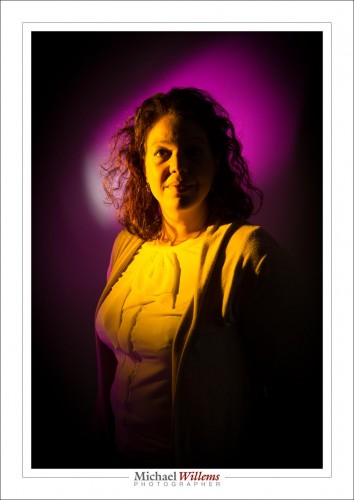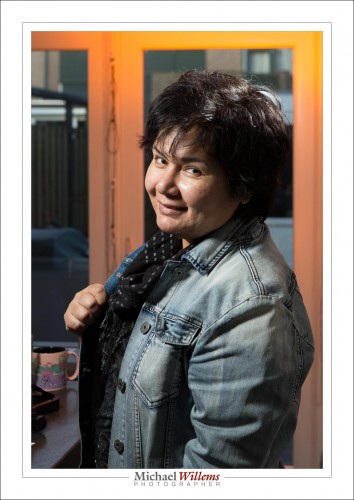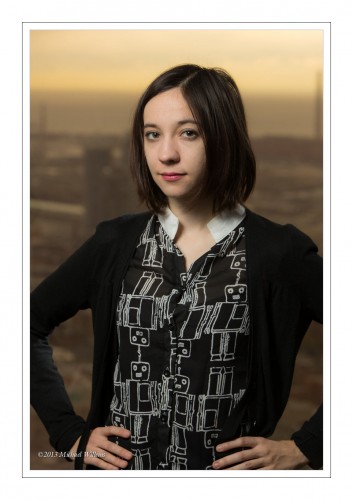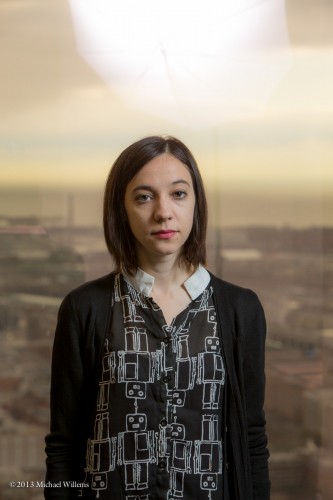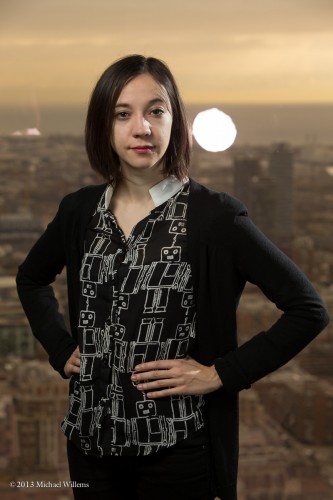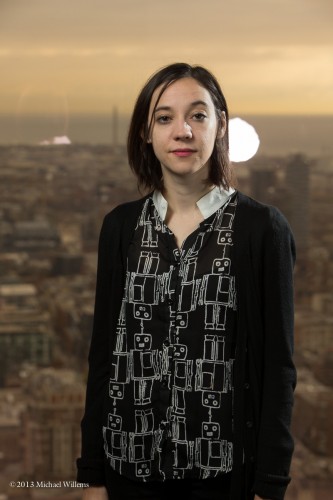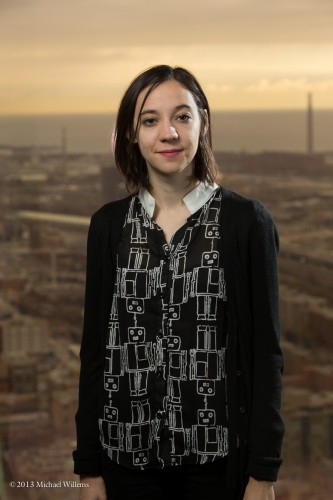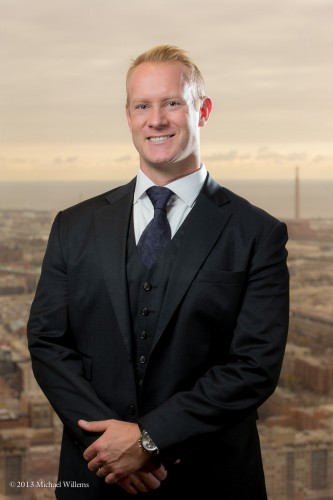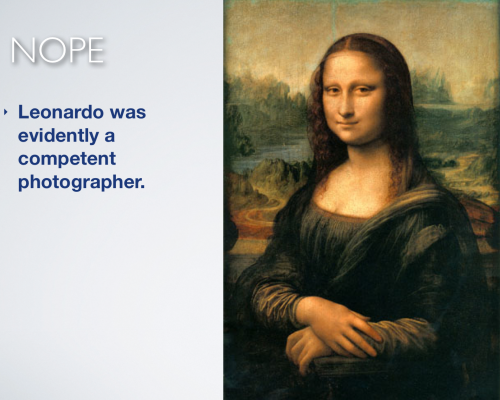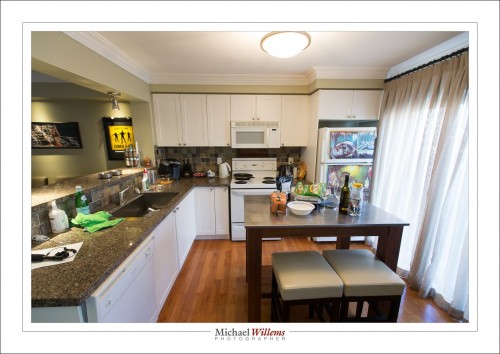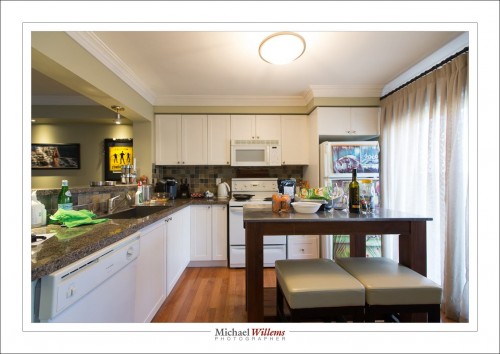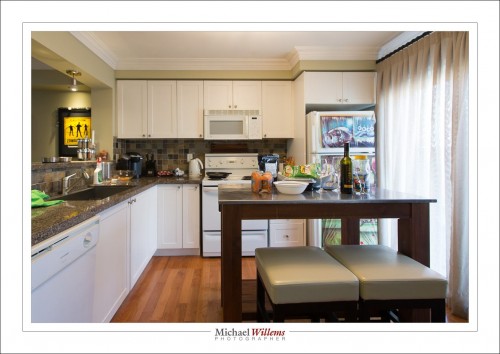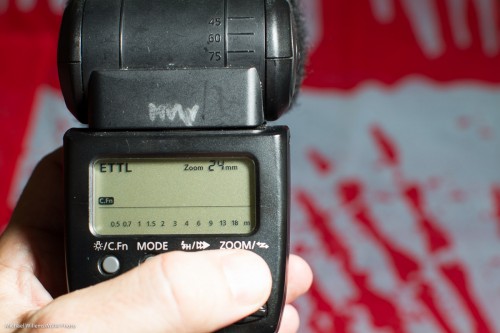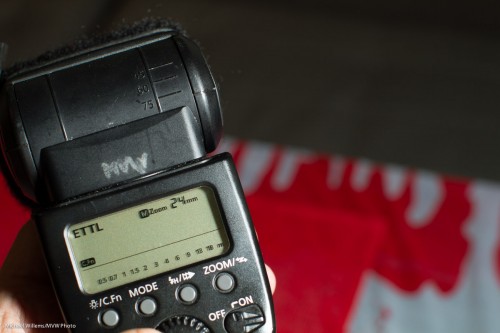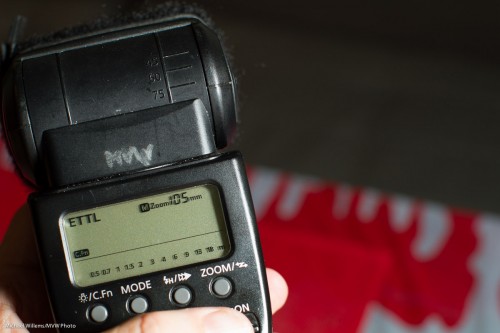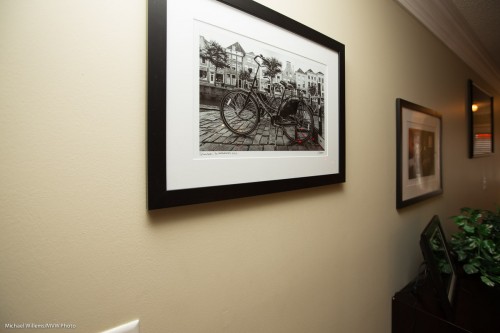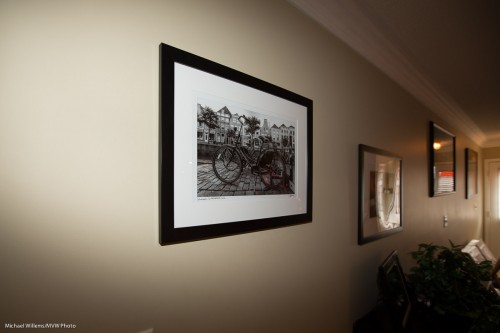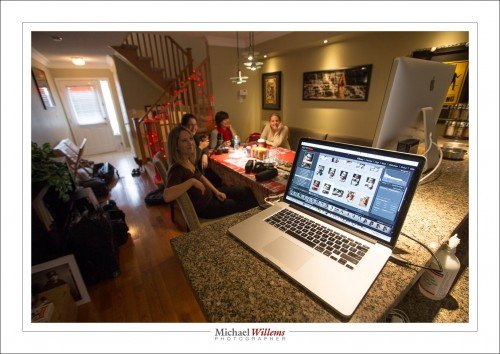Miscellaneous notes, today.
First: a note on flash for my recent students. As you recall, flash gives you opportunity to do more. And to get the most out of the opportunities, the first question you always ask is “what should the ambient light do?”.
The answer can be: “nothing”. In other words, only the flash shows. This means “studio settings”, f/8, 1/125th sec, 100 ISO:
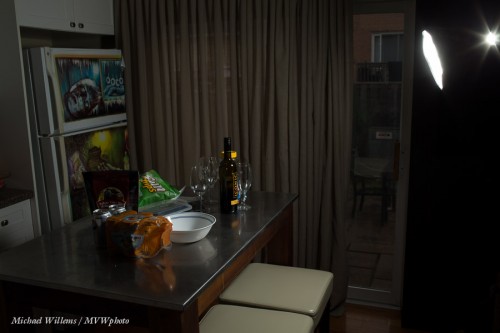
All the light is from the flash, since the settings make the ambient go away.
Or you can add some ambient light.
- You can do that:by choosing lower f-number, or slower shutter, or higher ISO.
- If we change the shutter speed, the flash can remain at the same power setting.
- If however we change aperture or ISO, we also need to adjust the flash power (unless we use TTL metering, then the flash and camera take care of adjusting the flash power).
Here, a slightly slower shutter speed:
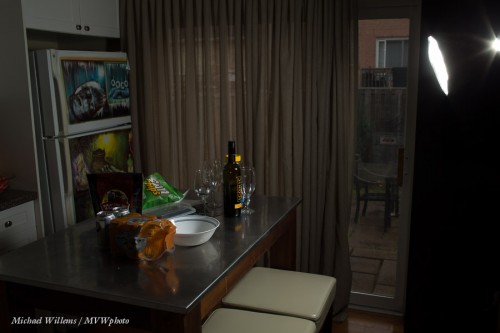
And more…
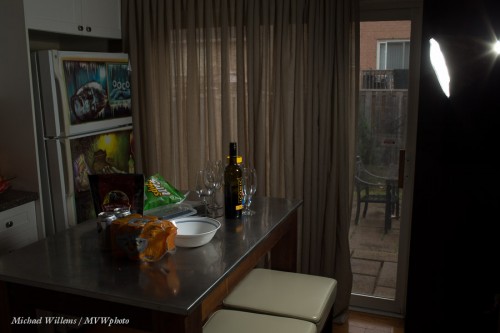
And slower still…
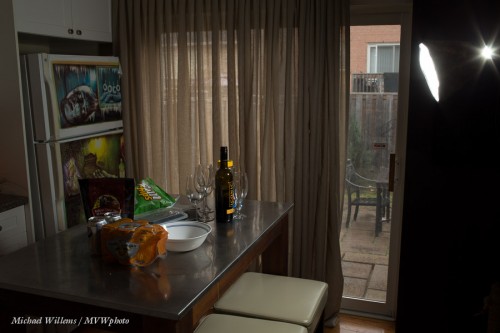
And even slower…
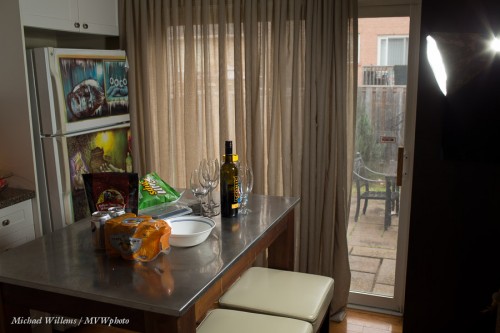
And finally:
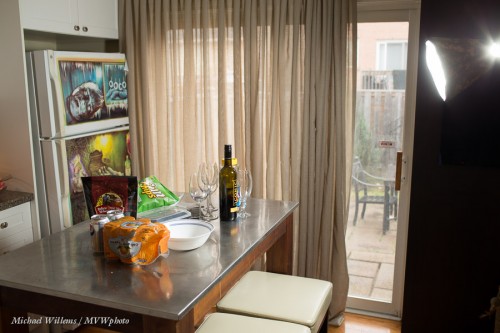
Now, the items on the table are lit at least as much by ambient as by the flash.
And this is your job, not the camera’s: to decide what the ambient light should do. Sometimes the answer is “a lot”, sometimes “a little”, or “nothing”, but it should be a conscious decision that is always your responsibility.
Second: I shall be travelling next week in Europe, so from tomorrow until Nov 23rd, posts may well be sporadic. Internet connectivity is not easy unless you want to unlock things, buy cards and hence disable your actual phone, or pay thousands (literally) to your ripoff provider. (Ripoff Rogers – yes, corporations are great, but when they charge thousands for something that should cost pennies, they are ripoff artists and deserve all the scorn we heap on them.)
Third: I am doing a very small Lightroom tutorial on December 9 in Oakville. Lightroom makes us more productive – far more productive. But you need to know how to set it up, how to organize your files, what to do and what not to do The secrets, the tips that make your life much, much easier. I will also ask you to bring some pictures, because we will do a practical picture critique and I will show you how to finish your images and in doing so, make them into images that clients, relatives, and you will love.
For this practical hands-on workshop you need a laptop, and I will take a maximum of only four students. The course takes 4-5 hours (it depends on your questions and experience: allow 5 hours just in case) and costs $195 plus HST. If you want to be part of this unique workshop, simply pay that amount via http://www.michaelwillems.ca/Payments.html and in the comment field, indicate which course/day.
Fourth: have you checked out my Lightroom (etc) tips videos on YouTube yet? Here’s my video channel.
And finally: what are you doing here reading? Go make some photos!

